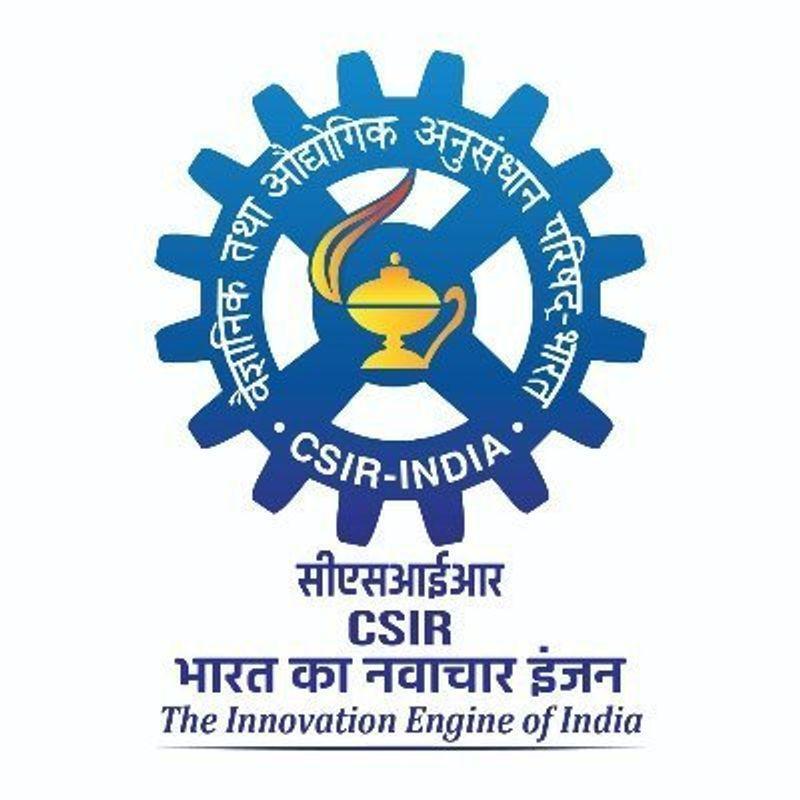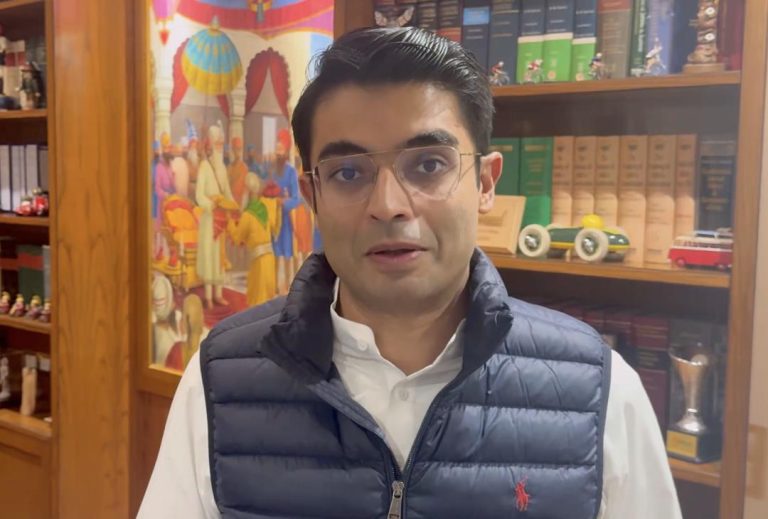
CSIR’s Non-Destructive Technique to Detect Damage in Aircraft: A Game-Changer for Aviation Safety
The aviation industry is notoriously reliant on precision and safety. With millions of people traveling by air every day, the slightest anomaly can have catastrophic consequences. To address this concern, the Council of Scientific and Industrial Research (CSIR) has developed a groundbreaking non-destructive evaluation framework to detect damage in aircraft components. This innovative technique employs ultrasonic guided waves, offering a faster and cost-effective method that will improve aircraft safety and maintenance.
The Problem with Traditional Methods
Conventional methods of damage detection in aircraft components involve destructive testing, which can be time-consuming, costly, and often requires replacing entire components. This approach is not only impractical but also poses significant risks to aircraft integrity. Moreover, traditional methods are often limited in their ability to detect damage in complex structures, making it challenging to identify potential issues before they become critical.
The CSIR Solution
The CSIR’s non-destructive evaluation framework uses ultrasonic guided waves to detect damage in aircraft components. This innovative technique involves transmitting ultrasonic waves through the component, which then bounce back and interact with any damage present. Sophisticated algorithms and sensors analyze these interactions, providing accurate information about the extent and location of damage.
Advantages Over Traditional Methods
The CSIR’s non-destructive technique offers several advantages over traditional methods. Firstly, it is non-destructive, eliminating the risk of damaging the component and reducing the need for costly replacements. Secondly, it is faster, allowing for quicker identification and repair of damage, which can minimize downtime and reduce maintenance costs. Finally, the technique is more accurate, providing a detailed understanding of the damage and enabling more effective repair strategies.
Benefits for the Civil Aviation Sector
The CSIR’s non-destructive technique has far-reaching benefits for the civil aviation sector. By improving damage detection and repair, airlines can reduce maintenance costs, minimize downtime, and enhance passenger safety. This can also lead to increased efficiency and reduced environmental impact, as aircraft can be repaired and returned to service more quickly.
Benefits for the Armed Forces
The CSIR’s non-destructive technique is also crucial for the armed forces, where aircraft safety and maintenance are critical to mission success. By detecting damage early and accurately, the military can ensure that aircraft are airworthy and ready for deployment at all times. This can be particularly important in high-stress, high-stakes environments where the integrity of aircraft is paramount.
Future Applications
The CSIR’s non-destructive technique has far-reaching potential beyond aircraft damage detection. It can be applied to other critical infrastructure, such as bridges, pipelines, and buildings, where early detection of damage can prevent catastrophic failures. This technology can also be used in industries such as energy, aerospace, and manufacturing, where non-destructive testing is essential for ensuring product quality and reliability.
Conclusion
The CSIR’s non-destructive technique for detecting damage in aircraft components is a significant breakthrough in aviation safety and maintenance. By providing a faster, cost-effective, and more accurate method of damage detection, this technology has the potential to revolutionize the way aircraft are maintained and repaired. As the aviation industry continues to evolve and grow, the CSIR’s innovative solution will play a critical role in ensuring the safety and efficiency of air travel.
Source:






